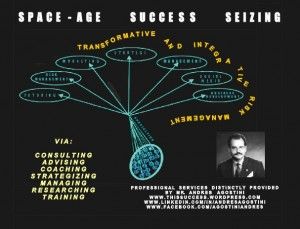Mar 11, 2014
Winklevoss twins plan space trip, funded by Bitcoin
Posted by Seb in categories: bitcoin, space travel

The brothers, known for their legal battle over the creation of Facebook (FB, Fortune 500), are going to space and paying for it with Bitcoins. Take that, Mark Zuckerberg.
The twins bought tickets, valued at $250,000 each, for a ride to space with Virgin Galactic. That’s about 375 Bitcoins, at Wednesday’s price.
They think of their purchase “as seed capital” supporting new technologies they have high hopes for.

 Matthew Herper — Forbes
Matthew Herper — Forbes Among the leaked Snowden National Security Agency (
Among the leaked Snowden National Security Agency (

 If scientists do find life on Mars, it may be possible to beam Martian DNA back to Earth, according to a new idea growing in popularity. If Martian bugs are found, the idea of “faxing” life from Mars is an enticing prospect, spurred on by scientist, Craig Venter, famous for his early sequencing of the human genome.
If scientists do find life on Mars, it may be possible to beam Martian DNA back to Earth, according to a new idea growing in popularity. If Martian bugs are found, the idea of “faxing” life from Mars is an enticing prospect, spurred on by scientist, Craig Venter, famous for his early sequencing of the human genome.









